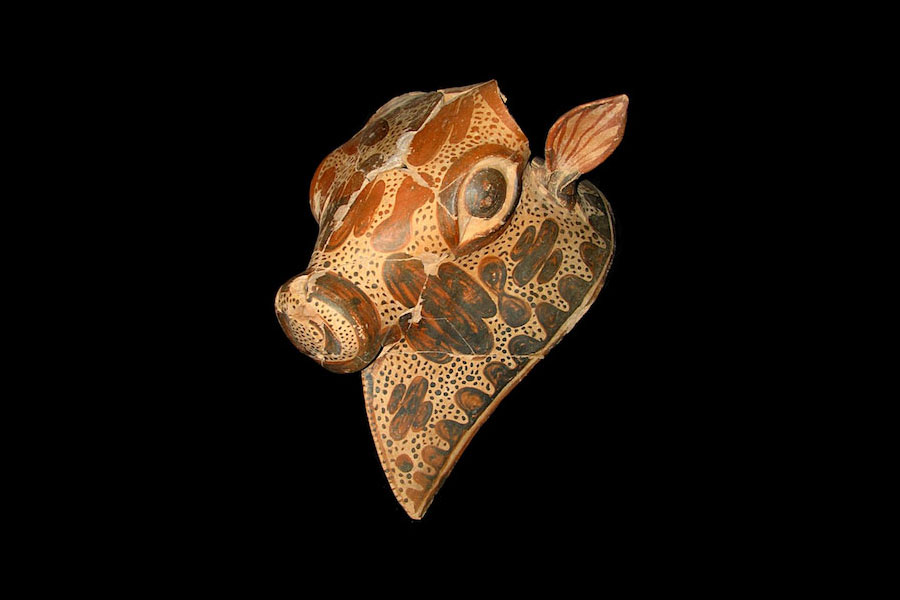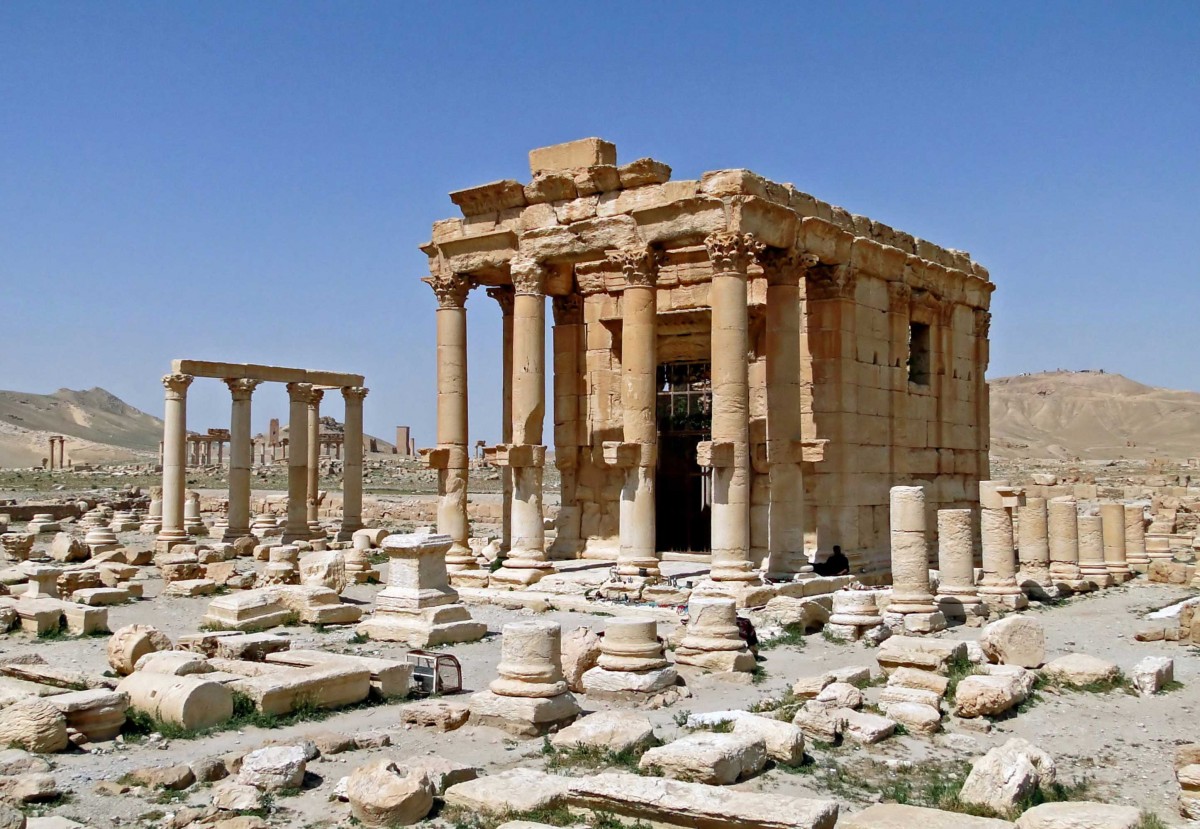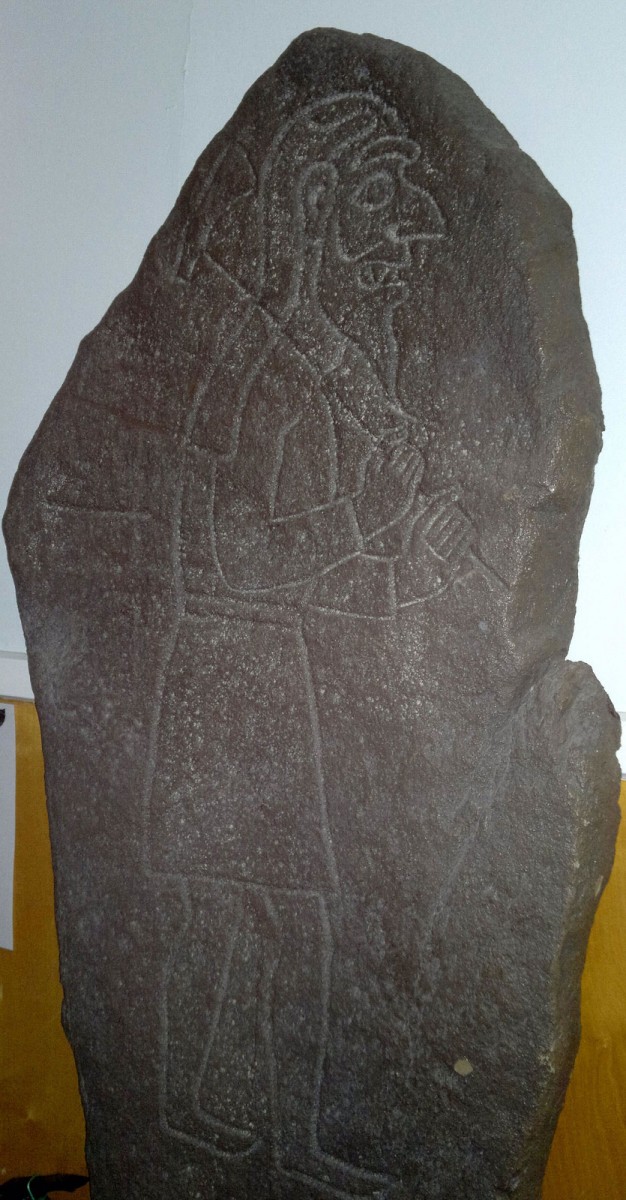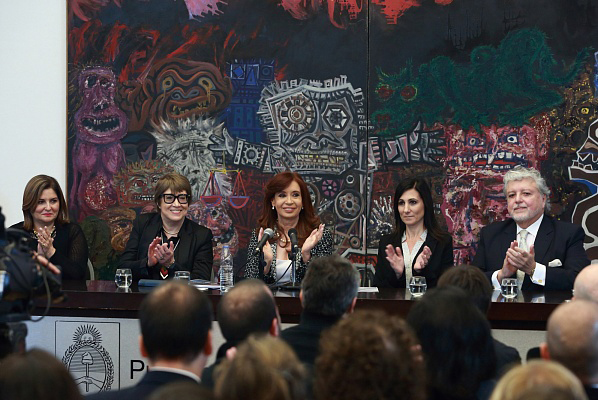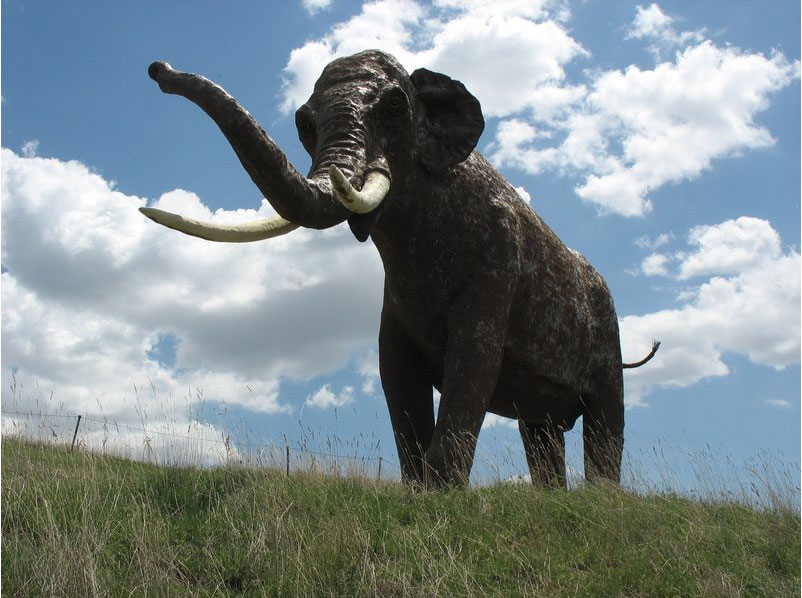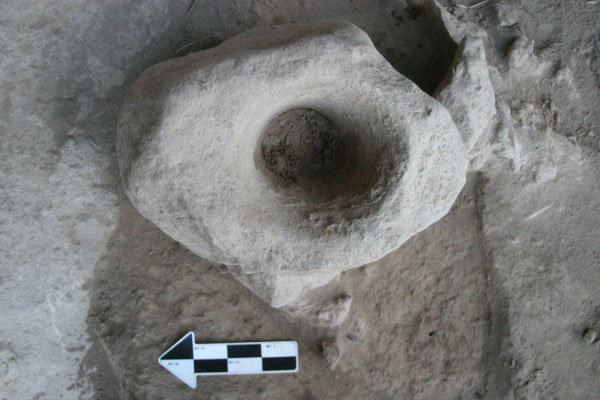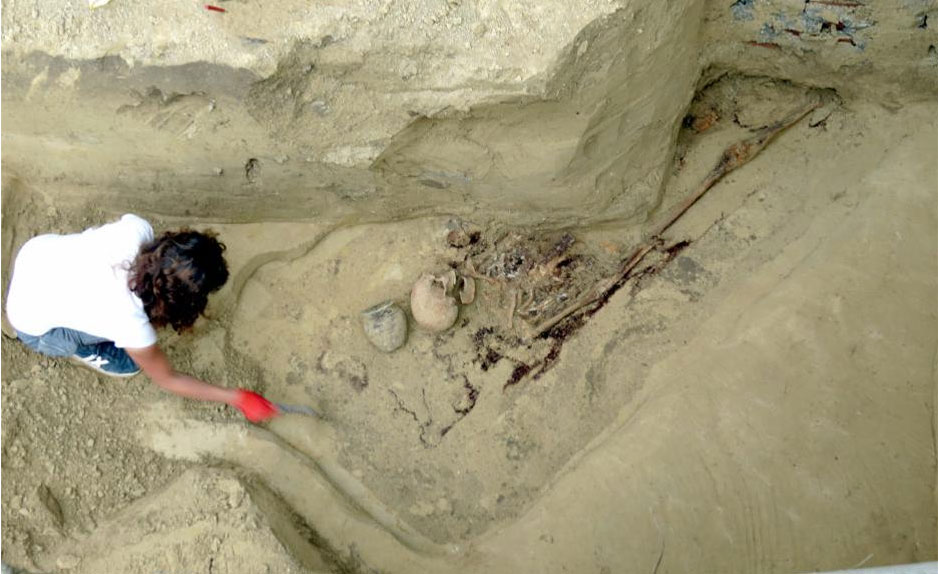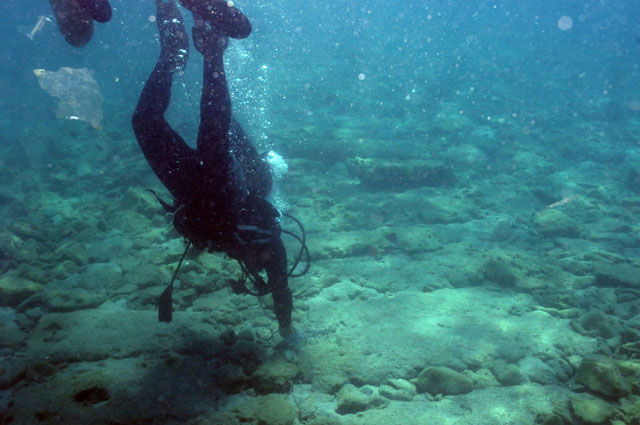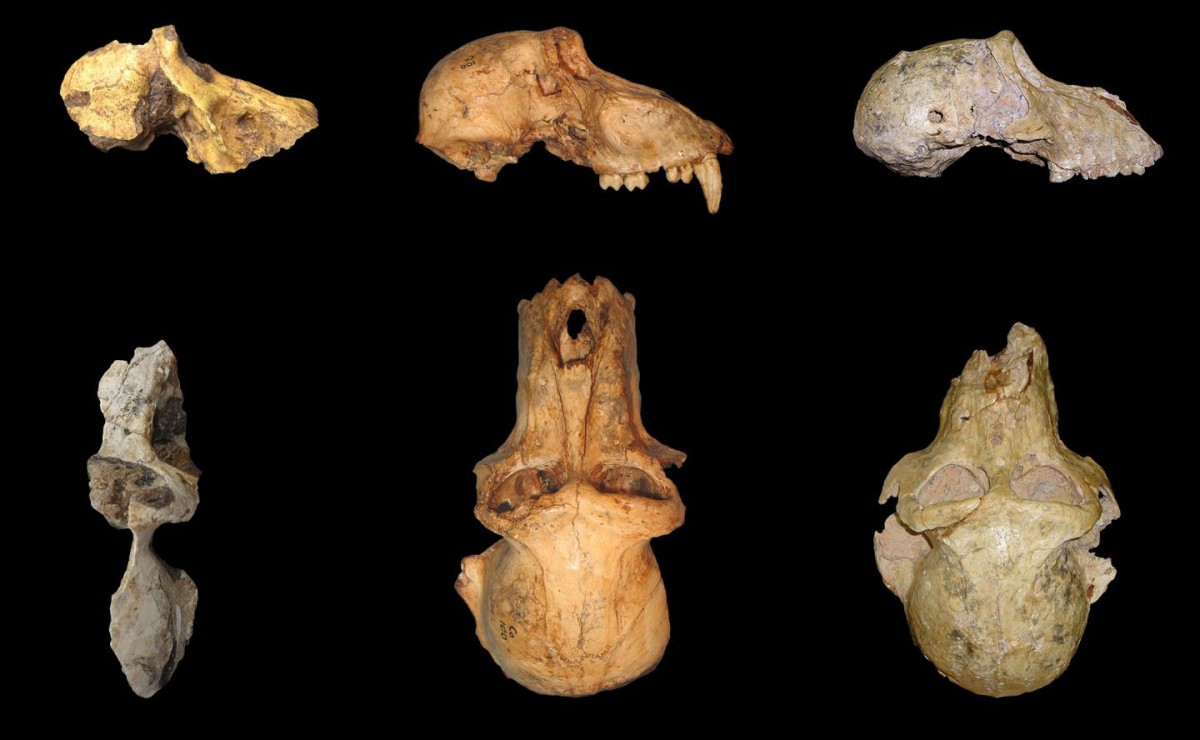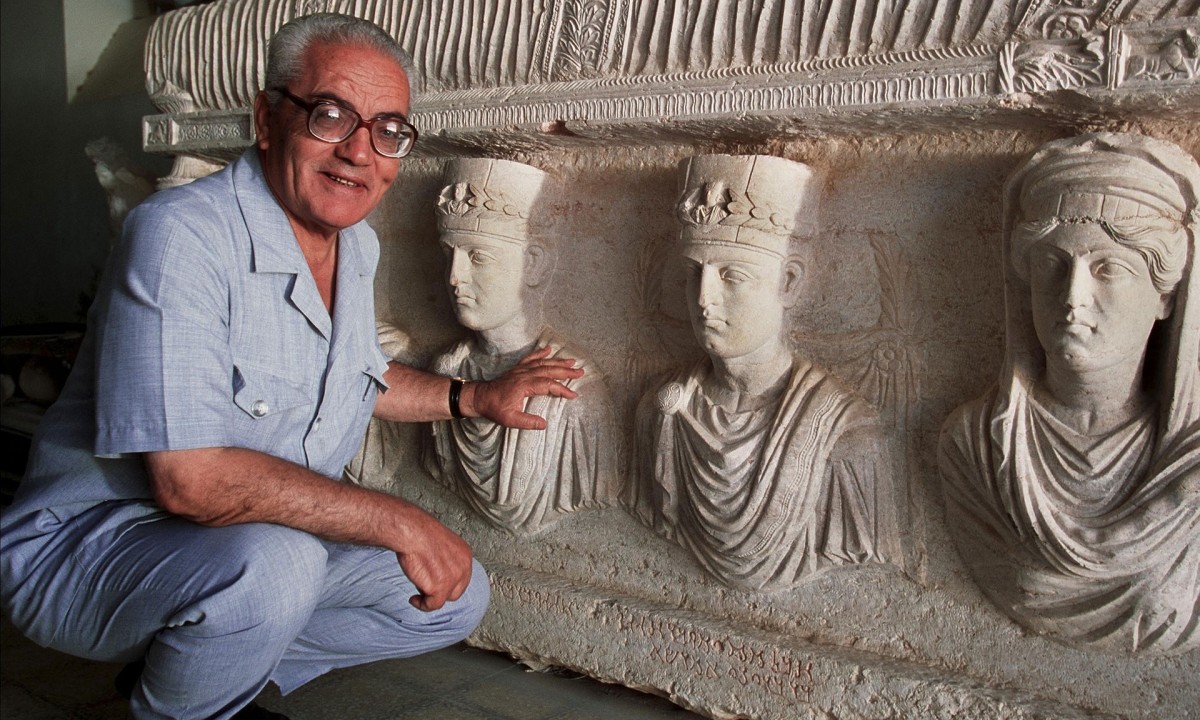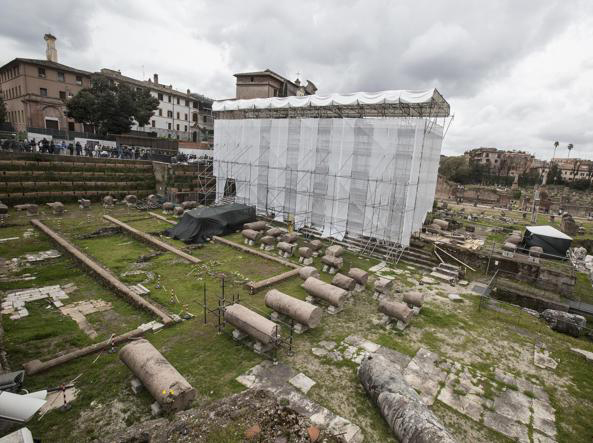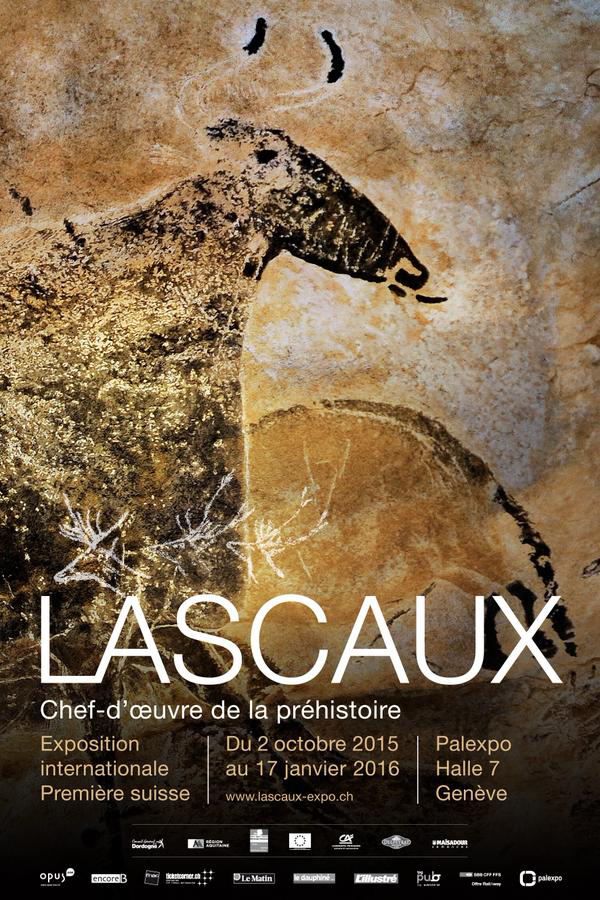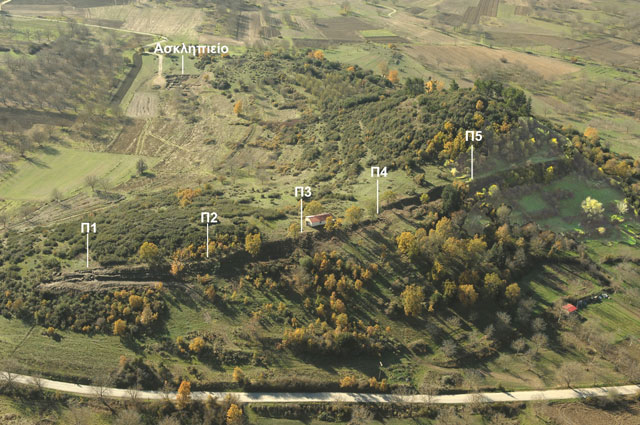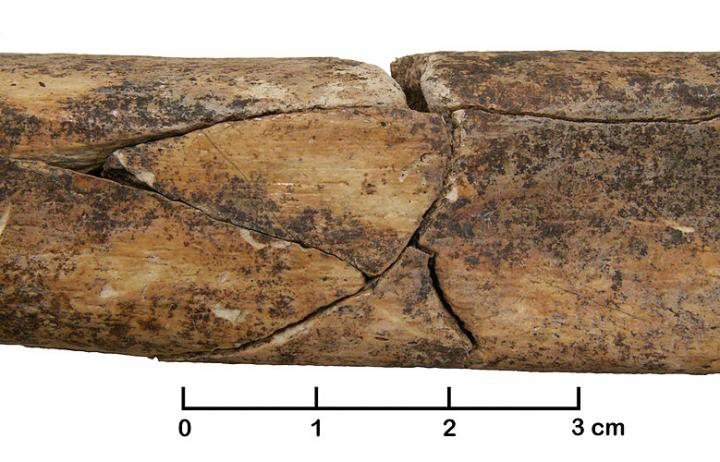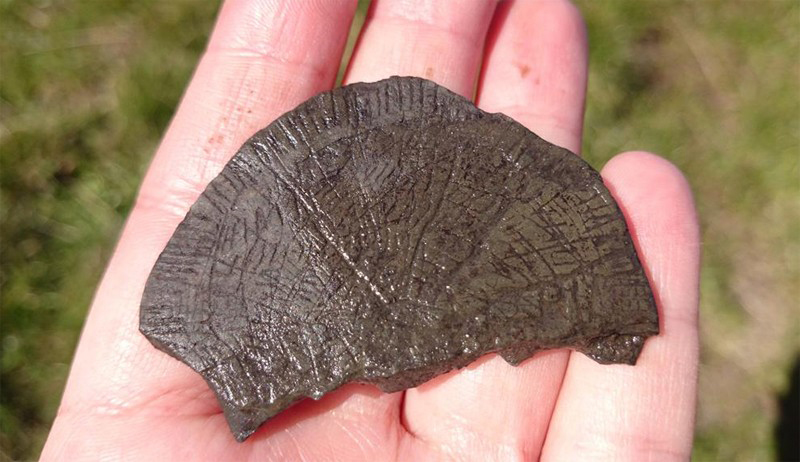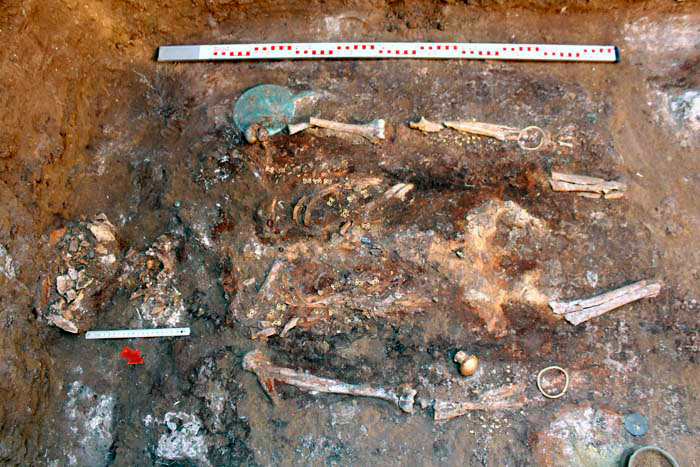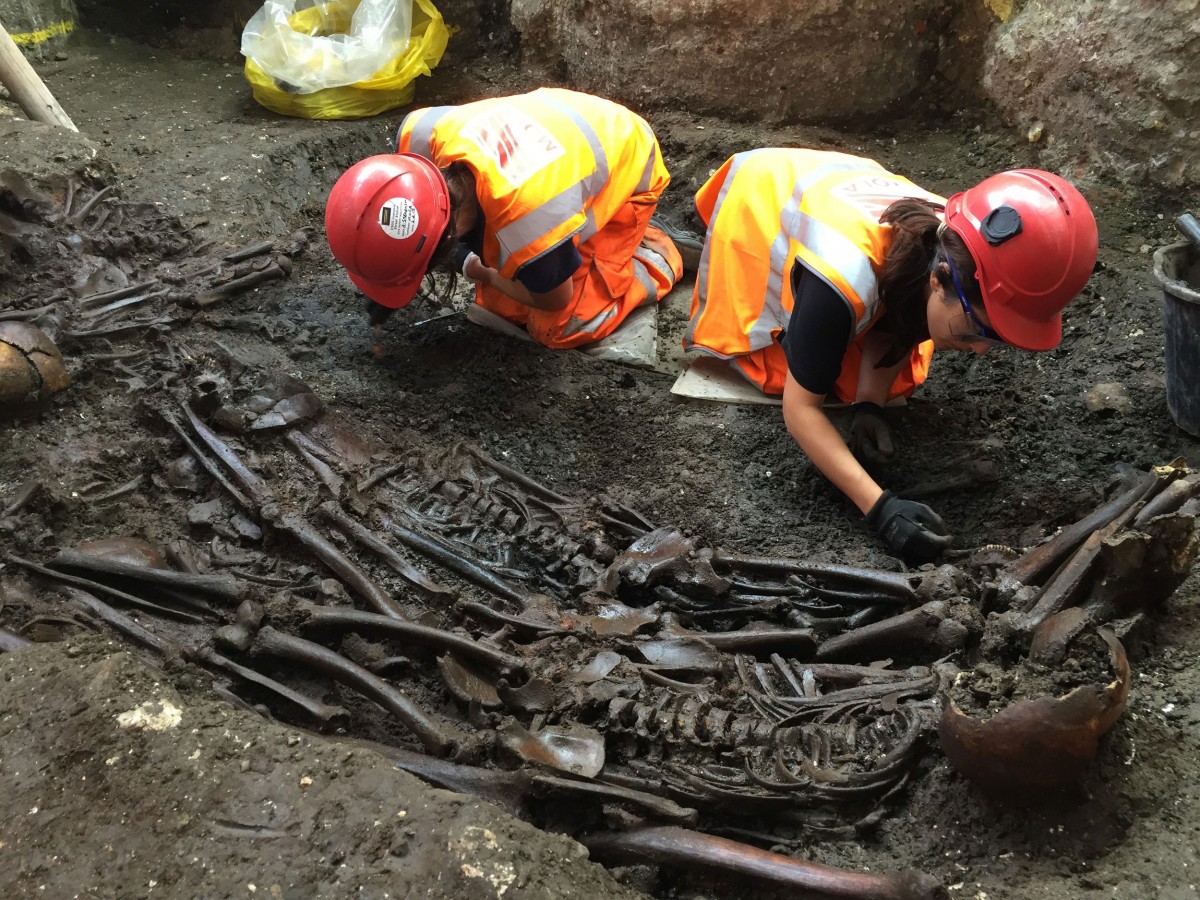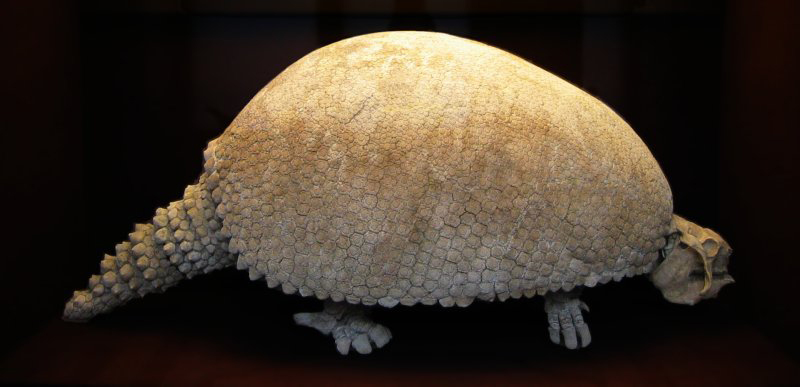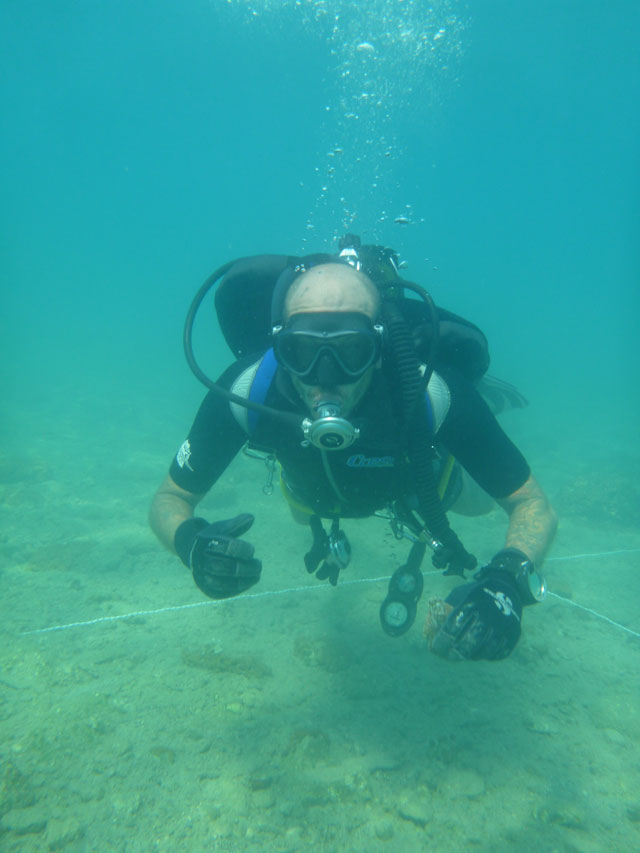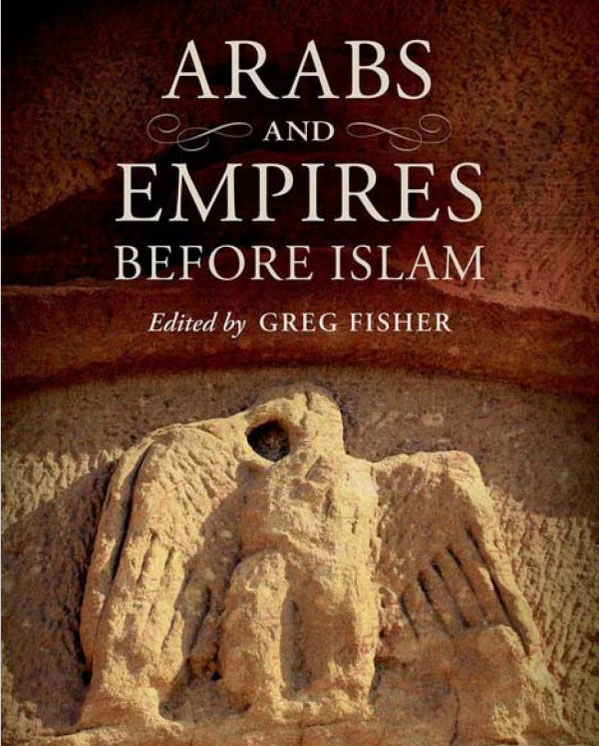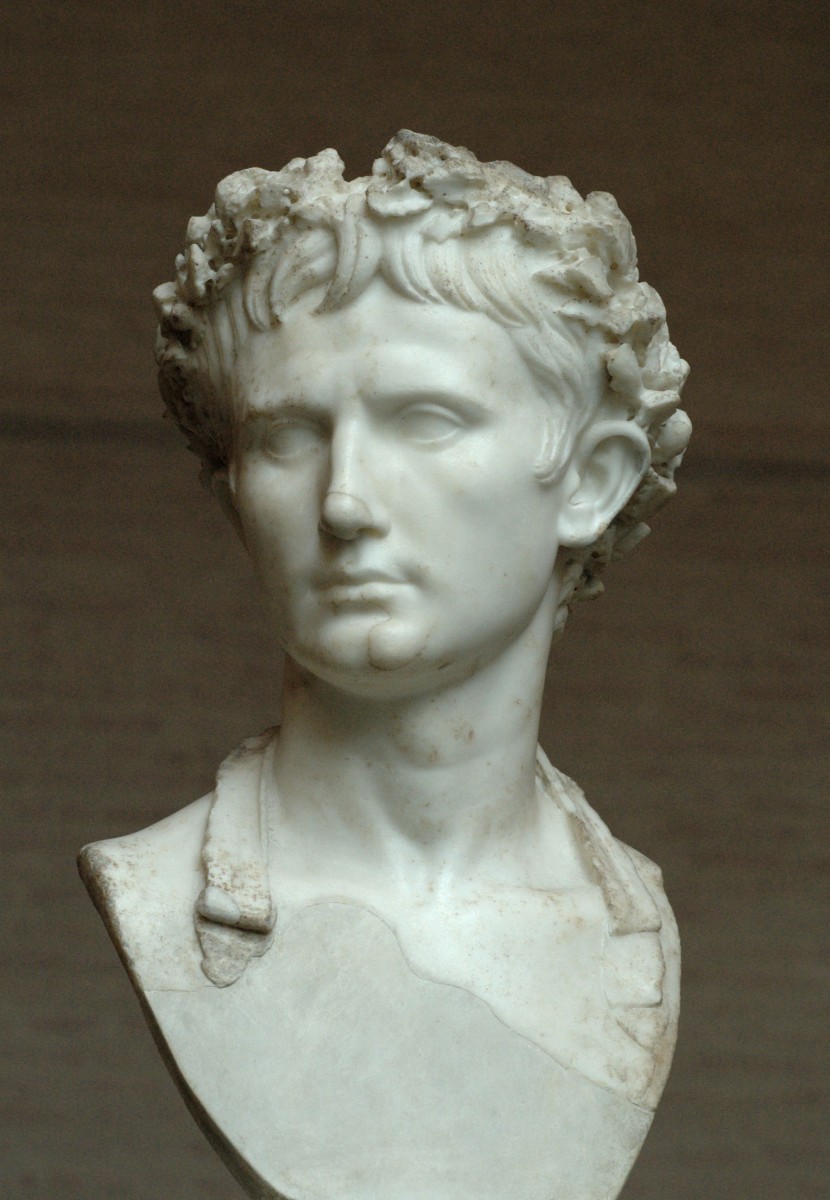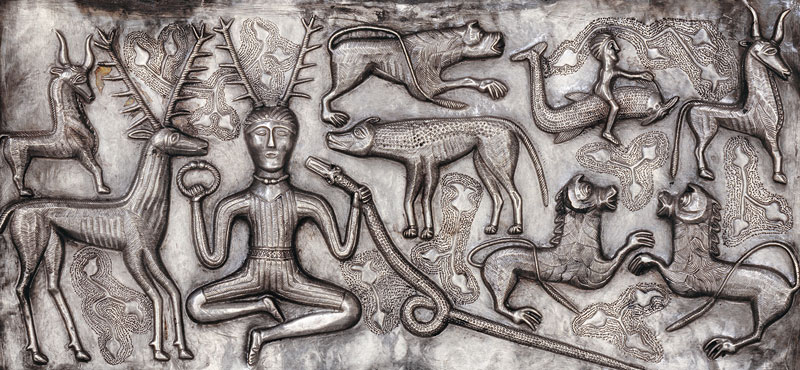Laconia: Important finds at two excavations
A Mycenaean palace, Linear B tablets, Egyptian scarabs, Bronze swords, a Doric capital with a hypotrachelium are some of the astonishing finds of recent surveys in Laconia, Greece.
UNESCO condemns the destruction the Baalshamin Temple
The Director-General of UNESCO firmly condemns the destruction of the ancient temple of Baalshamin, an iconic part of the Syrian site of Palmyra, a UNESCO World Heritage site.
Archaeologists aim to unravel the mystery of the Rhynie Man
A team of archaeologists from the University of Aberdeen are leading a dig which they hope will yield answers to the mystery of Aberdeenshire’s ‘oldest man’.
Argentina to return thousands of artefacts to Ecuador and Peru
Argentina said it will return more than 4,000 archaeological artefacts to Ecuador and Peru.
Isis blew up Baal Shamin temple in Palmyra
Isis blew up Baal Shamin temple in Palmyra on Sunday, official says.
In a world without humans…
New study shows what the natural worldwide diversity patterns of mammals would be like in the absence of past and present human impacts.
Nazi ghost train found in Poland?
Two treasure hunters in Poland claim they have located legendary train loaded with gold from the Nazi-era.
The Ceremonial Sounds that Accompanied Our Ancestors’ Funerals
Large stone boulder mortars were used to pound food and were also an integral part of funeral rituals of the Natufian culture that inhabited ancient Middle East between 15,000 and 11,500 years ago.
Pagan warrior tomb found in Poland
A large wooden chamber tomb has been brought to light by archaeologists during excavations near the Opatowska Gate in Sandomierz, Poland.
Marine geoarchaeological survey on Crete
Joint survey by the Ephorate of Underwater Antiquities and the Institute of Mediterranean Studies in Agioi Theodoroi (Niros or Kokkini Hani), Istron (Kalo Horio, Lasithi) and the area of Poros, Elounda (ancient Olous).
Earliest baboon found at Malapa
The skull confirms earlier suggestions that the fossil baboon is quite possibly the earliest known member of the modern baboon species Papio hamadryas.
Khaled Al-Asaad brutally murdered by Isis in Palmyra
82-year old archaeologist Khaled Al-Asaad was beheaded by Islamic State militants on Tuesday.
Temple of Peace restoration triggers furious debate
The restoration of the 2000-year-old Temple of Peace inside the Roman Forum has triggered a furious debate among archaeologists and experts.
Scenes from the Stone Age
A major exhibition dedicated to the masterpieces of Lascaux will be held this autumn in Geneva.
Wall and sanctuary discovered in Ancient Feneos
A fortification wall with 5 towers and a sanctuary devoted to a female deity came to light in Ancient Feneos.
Brutal conflicts in Neolithic Europe
Violent conflicts in Neolithic Europe were held more brutally than has been known so far.
Sun discs found on Danish island
Evidence of beliefs and rituals performed by inhabitants of the Danish island of Bornholm 5,500 years ago, have been discovered by archaeologists of the Warsaw University during the excavations in Vasagard.
2,000-year-old unlooted Sarmatian woman burial discovered in Russia
A treasure trove of ancient jewellery has been found in the grave of a noble warrior woman, belonging to a nomadic people who occupied the steppes north of the Black Sea.
Suspected 1665 Great Plague Pit unearthed in London
A mass burial site suspected of containing 30 victims of The Great Plague of 1665 was unearthed at Crossrail's Liverpool Street site in the City of London.
Humans responsible for demise of gigantic ancient mammals
Early humans were the dominant cause of the extinction of a variety of species of giant beasts, new research has revealed.
Sunken settlement found in the Argolic Gulf
An extended sunken settlement dating back to the 3rd millennium BC was found during the investigations conducted by the Ephorate of Underwater Antiquities and the University of Geneva at the Khilada Bay, Argolic Gulf.
Arabs and Empires before Islam
250 translated extracts from an extensive array of ancient sources which, from a variety of different perspectives, illuminate the history of the Arabs before the emergence of Islam.
What’s new in Roman Greece
The Roman Seminar, in cooperation with the Institute of Historical Research of the National Hellenic Research Foundation, will organize the International Conference “What’s New In Roman Greece”.
Celts: art and identity
The exhibition "Celts: art and identity" opens at the British Museum on September 24, 2015. The Museum invites on a journey tracing what it means to be Celtic.
